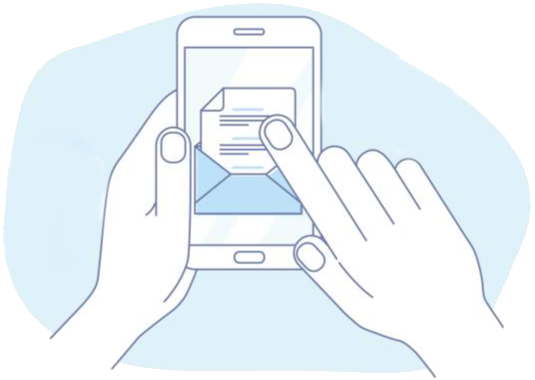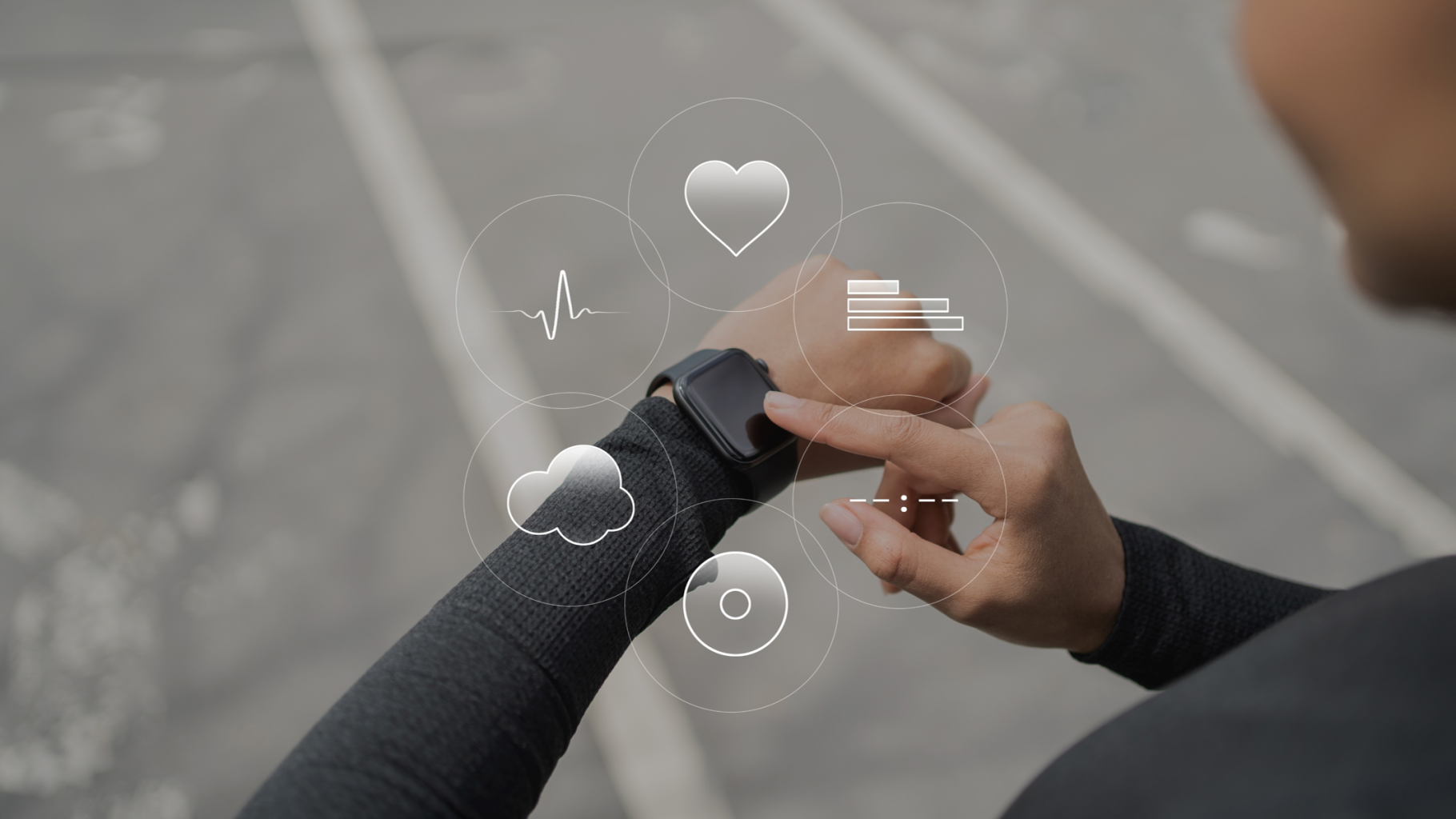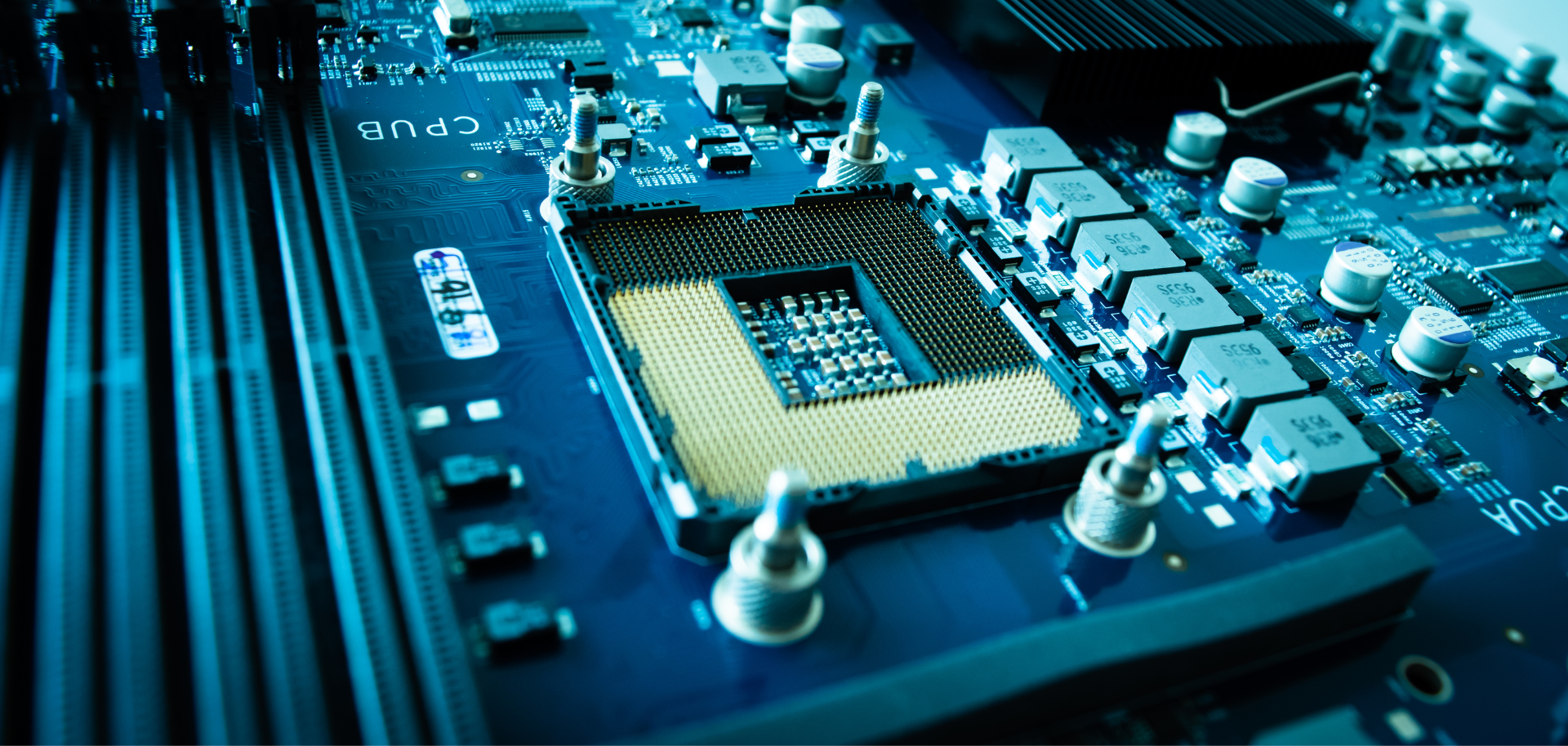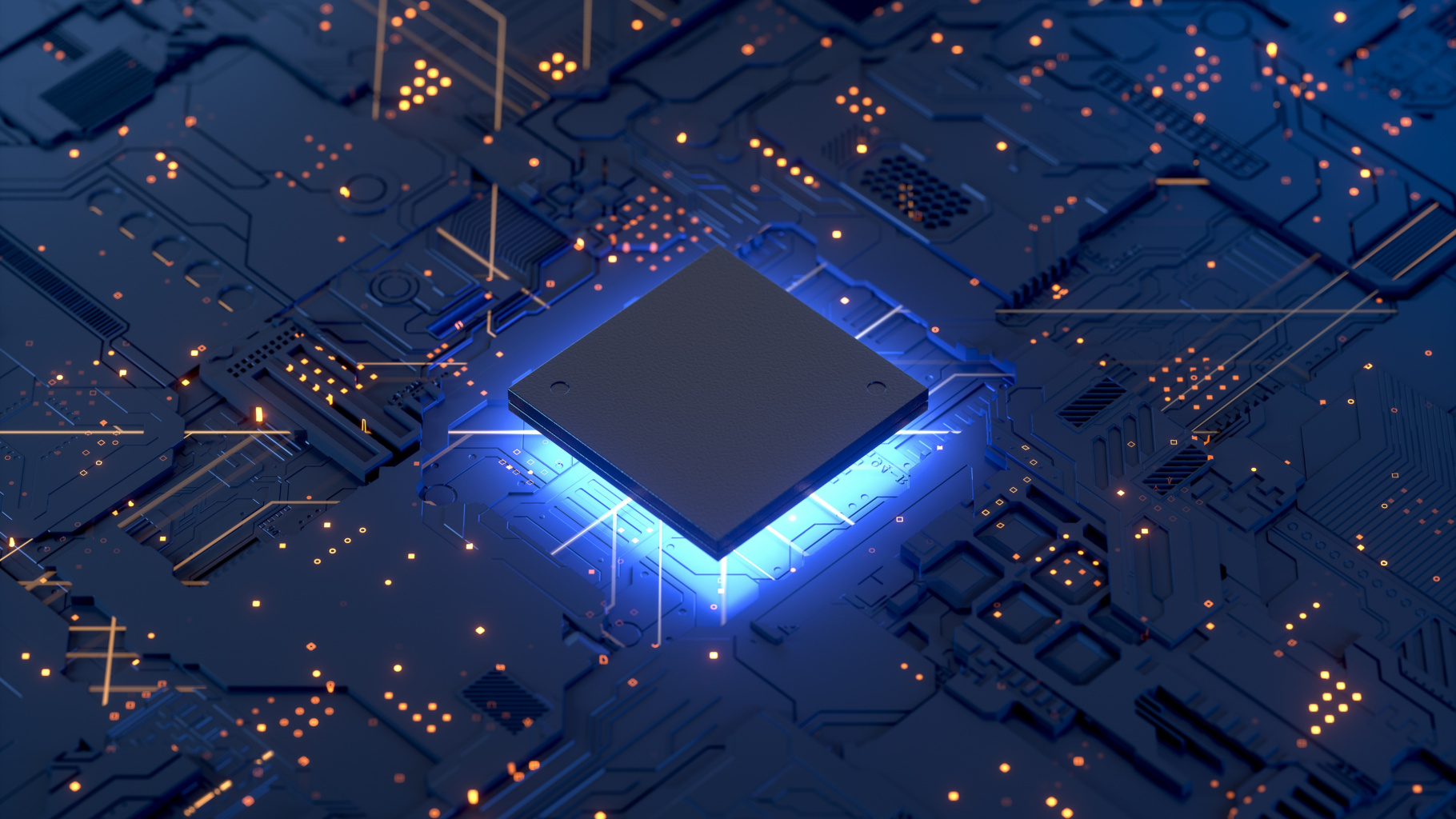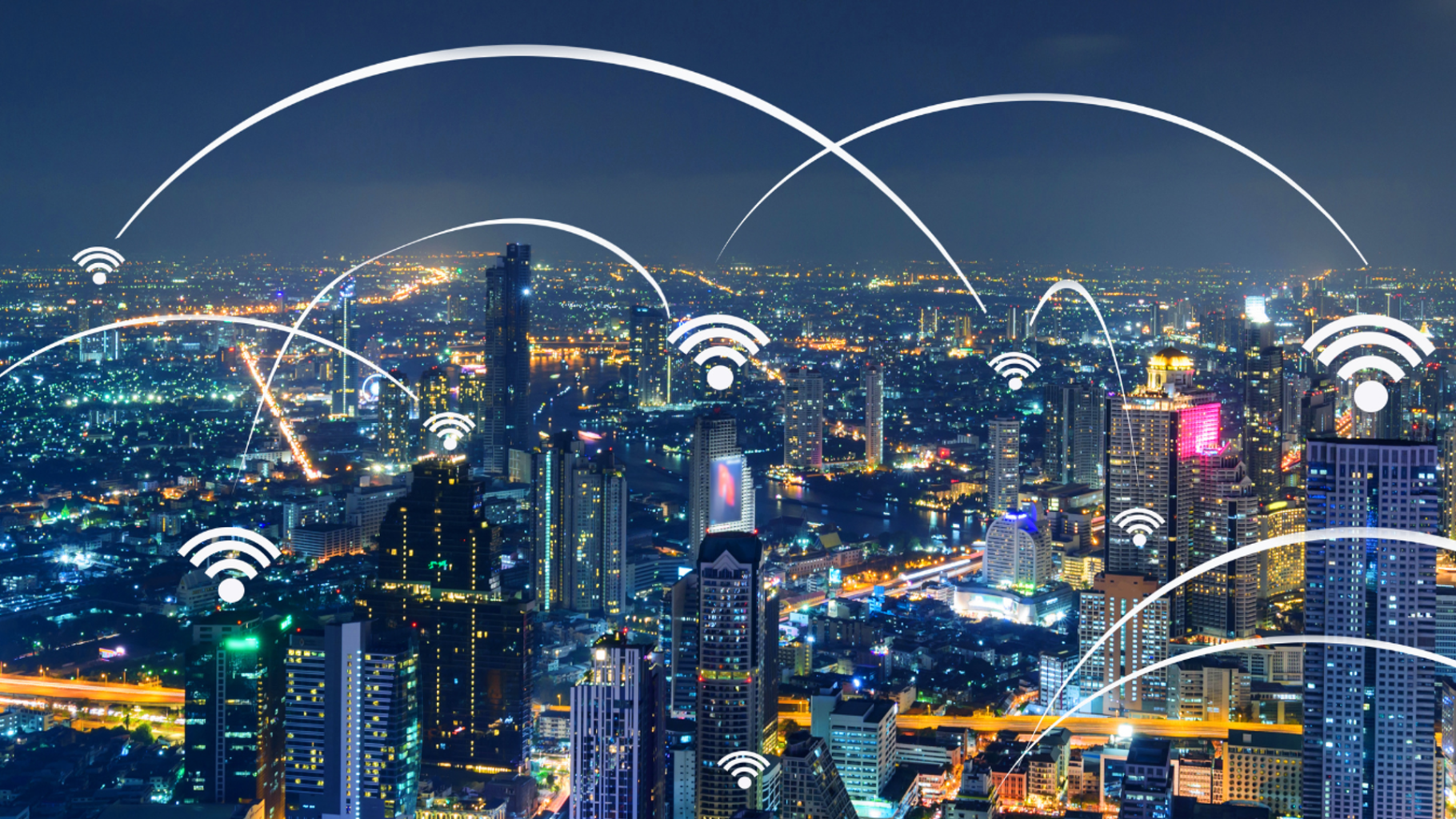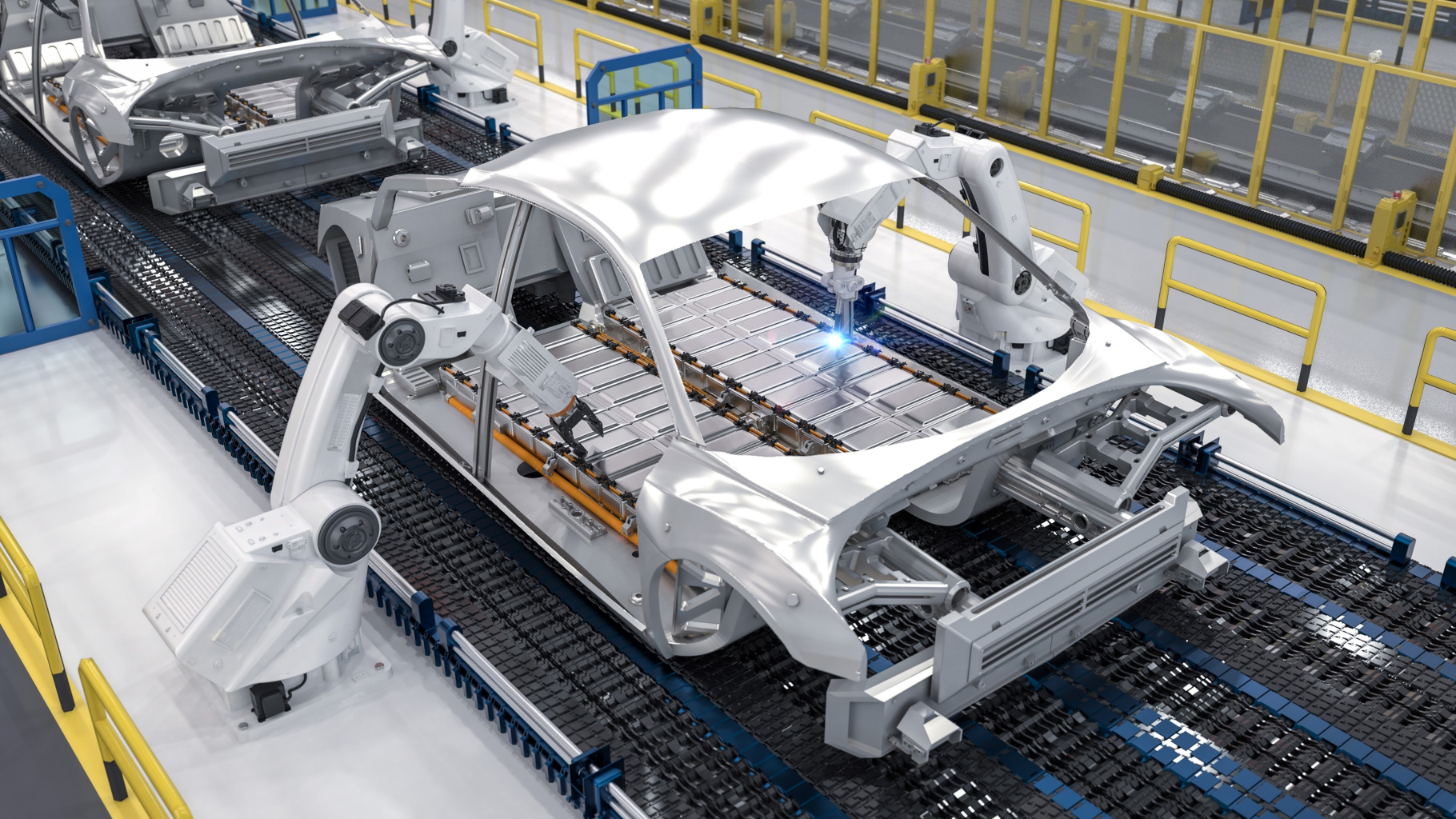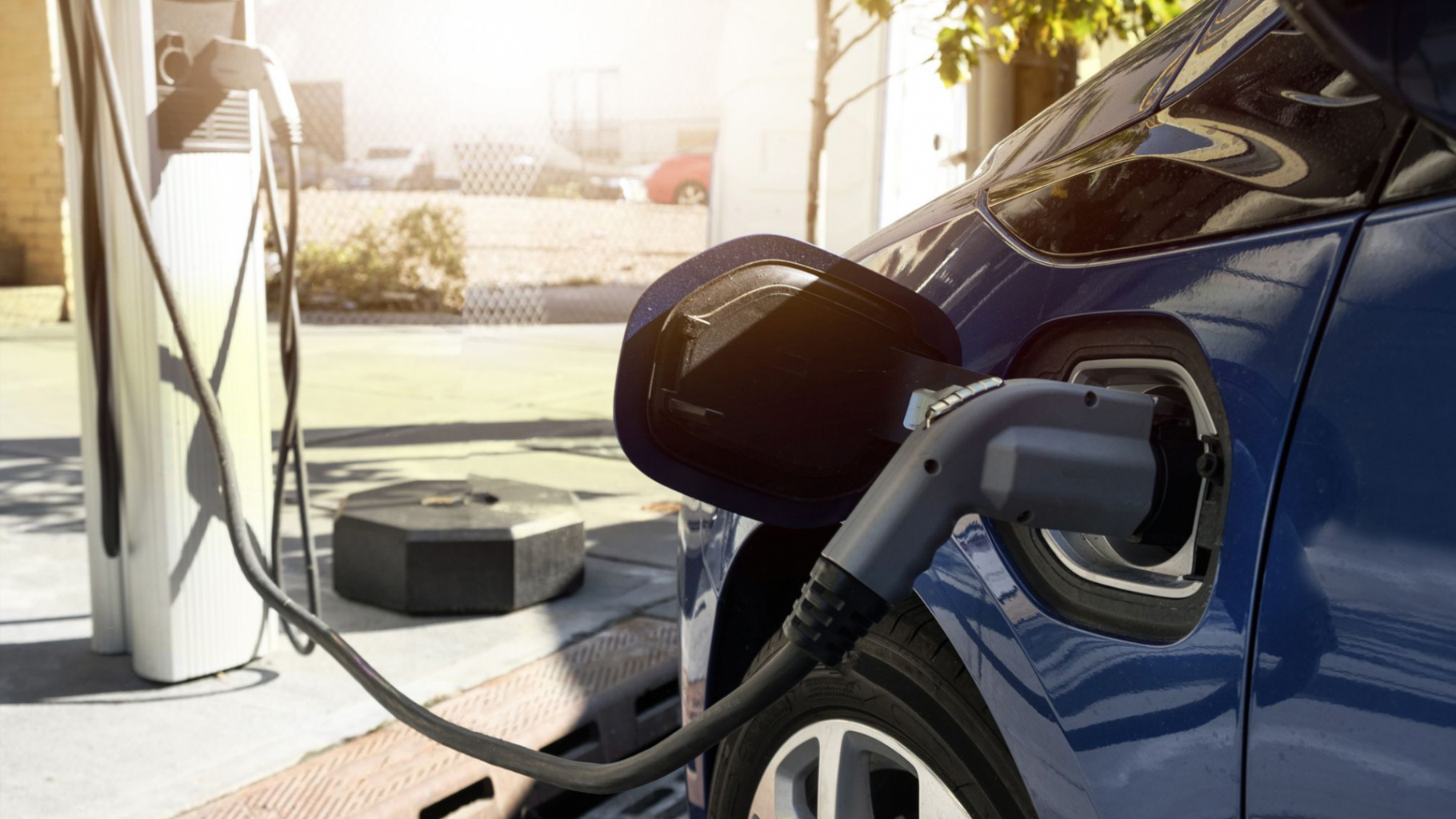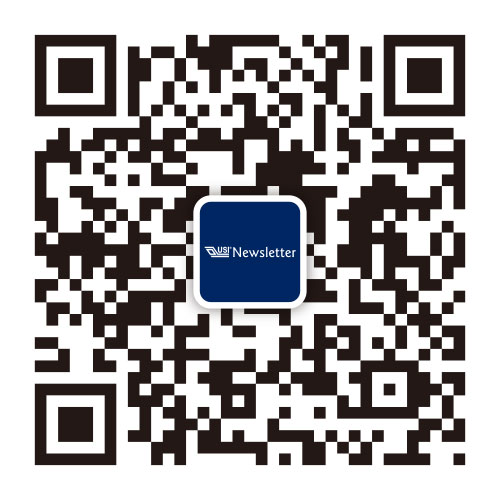Search
- 12/28/2022
Mobile Tech is shaping the future of “Connected Health”
As more and more consumer devices are used in the medical device ecosystem, what will be the new future of medical devices? Medical device manufacturers must embrace this new reality and deftly manage the inevitable shifts in future business models. Thus, the question arises: How to connect the entire healthcare system from the patient to the healthcare professional?
Clearly, some significant changes must be made within the healthcare industry to enable remote monitoring technologies to drive better patient outcomes at a lower cost. Even with all the problems, it is widely accepted that mobile devices running on existing wireless standards and mobile networks will be an essential part of the medical device solution.
The Reason why “Connected Health”
To the patient - remote monitoring allows more convenience in carrying the device, better self-management, and reduces the frequency of visiting the hospital or doctor.
To the physician - remote monitoring provides more timely data to provide better care and potentially frees up more time for more high-risk patients.
To the health systems - remote monitoring promises to provide better patient outcomes at a reasonable cost.
To the medical device companies - remote monitoring is expected to reduce the capital equipment development costs, extend services into disease management, and provide more timely services into individuals utilizing their device therapies.
Medical industry is desperate to find more solutions to identify and mitigate all the issues, challenges and barriers that limit the acceptance of remote monitoring to a broader audience. Everyone in the value chain must remain highly flexible in the transitional environment. Wearable technology in healthcare is dramatically changing the healthcare ecosystem from independence in the healthcare environment to including mobility and ease access outside of the hospital. Through technological advances and new wearable healthcare technologies, we are slowly moving toward the ability to provide medical assistance regardless of environmental constraints while communicating globally.
- Mobility Technology is bringing change to the medical industry
The use of mobile technology is bringing change to the medical sector while simultaneously introducing grey areas and unknown variables into the medical device ecosystem. Using a comprehensive system of communication devices, mobile networks, and multiple data access and evaluation points opens the possibility for new risks.
However, it also opens new opportunities for improved patient care through increased access to information and data. The medical community must understand the risks and opportunities associated with this new landscape to ensure that patients receive the best possible care. With the increasing accuracy of wearable devices, doctors can detect potential health problems earlier and provide more targeted treatment.
In addition, wearable devices can be used to track data on patients' compliance with their medication and treatment plans. This data can improve the efficacy of treatments and help doctors make more informed decisions about their patients' care. The potential applications of wearable devices in healthcare are numerous and potentially game changing.
- Device Communicator solution for telemedicine
The data could then be uploaded directly to a third-party diabetes management service via a internet connection for longer-term monitoring of trends such as HbA1c data. The solution could also be an implanted cardiac device combined with a network of monitoring devices, such as a blood pressure monitor or cholesterol monitor. In each case, the selection of medical devices will be based on the patient's specific needs.
There are significant differences in connectivity between home medical devices and mobile medical devices for the types of patients being tested and treated. The instruments will also be affected by factors such as the patient's age, lifestyle, and preference for mobile or stationary devices. For example, younger patients with active lifestyles may prefer a wearable device that can track their fitness data. In comparison, older patients with chronic medical conditions may choose a portable device that can be easily accessed in an emergency. The solution could be a Class II standalone device, for example, a handheld glucose meter that allows the patient to take immediate action, such as administering an insulin treatment.
There are significant differences in connectivity between home medical devices and mobile medical devices for the types of patients being tested and treated. The instruments will also be affected by factors such as the patient's age, lifestyle, and preference for mobile or stationary devices. For example, younger patients with active lifestyles may prefer a wearable device that can track their fitness data. In comparison, older patients with chronic medical conditions may choose a portable device that can be easily accessed in an emergency. The solution could be a Class II standalone device, for example, a handheld glucose meter that allows the patient to take immediate action, such as administering an insulin treatment.
- Sharing data for remote monitoring and decision making
Selecting the appropriate short-range wireless connectivity and the proprietary band is essential to ensure that data is appropriately shared between these two devices. Furthermore, the technology must be tested and documented for your specific application. Hazards such as interference, coexistence, antenna placement, use environments, interoperability, power, distance, and overall performance must be considered when performing performance and hazard analysis. Doing so will ensure that the medical devices can adequately fulfill their role in your application.
Get more in Less, USI SiP tech is well-prepared for Medical Solutions
At USI, we pride ourselves on delivering wearable solutions to the market with minor volume and better power consumption. Bluetooth Low Energy (BLE) tech is still the most adopted wireless connectivity in medical applications. On such a basis, USI has developed tiny WiFi combo module products which provide both WiFi and Bluetooth connectivity. They are also small and thin due to our advanced System in Package (SiP) technology.
SiP technology from USI benefits wearable device internal space optimization. Through SiP design, the wearable device can have the maximum space for the battery. Connectivity and battery life both matters the most on medical wearable devices. From the BLE modules to wristbands, we provide customized design, engineering, and manufacturing services to shorten the time to market. Whether you're looking for a cutting-edge solution for your next project or just looking to get to the market faster, USI is your best solution partner.
Keep up with top trending topic
For the latest innovation technology, application
and industry insight.
Subscribe Our Blog
For the latest innovation technology, application
and industry insight.
